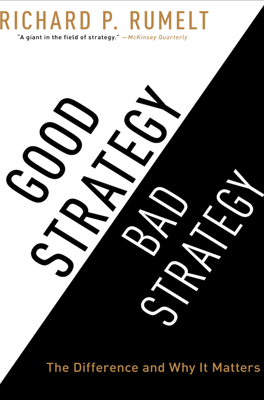Using Design
Lessons from Military Strategy Applied to Business
The concept of strategy, traditionally tied to military endeavors, can offer valuable insights for non-military contexts, especially in business. While direct comparisons between warfare and corporate competition are limited – businesses do not engage in physical destruction or coercion – strategic lessons from military history can be abstracted to benefit organizational and competitive behavior.
Hannibal and Premeditation in Strategy
Hannibal's historic battle at Cannae is a prime illustration of strategic design. His victory wasn't based on brute strength; rather, it was a result of meticulous planning and anticipation of enemy behavior. By organizing his troops in a strategic formation that enticed the Romans into a trap, Hannibal used the Romans' responses against them. This shows the core strategic elements of premeditation, anticipation, and the design of coordinated actions, essential for both military and business strategies.
Strategy as Design More Than Decision
Effective strategies often resemble complex designs rather than simple choices or plans. They require the careful arrangement and coordination of resources and actions to create a competitive advantage. For instance, the design process in creating a high-performance product like a BMW 3 Series car involves tuning various components to achieve a desired outcome, reflecting a strategic approach that balances cost, performance, and customer satisfaction against competitive offerings.
Paccar: A Study in Strategic Quality and Consistency
Paccar's approach in the heavy-truck industry underscores how businesses can forge a distinctive path through strategic quality and branding, backed by consistent and coherent actions across time. By focusing on high-quality, premium trucks and maintaining a strong relationship with owner-drivers and fleet operators, Paccar has maintained a solid market position and profitability in a fiercely competitive industry. Their strategy emphasizes long-term quality and customer engagement rather than short-term gains, aligning all elements from design to dealer networks to foster brand loyalty and operational excellence.
The Risk and Reward of Strategic Resources
Strategic resources, such as patented technologies or strong brand identities, can provide significant competitive leverage. These resources reduce the need for tight integration and constant strategic readjustment. However, over-reliance on these resources without continual innovation or strategic recalibration can lead to organizational complacency and vulnerability to more agile competitors. Successful companies dynamically balance leveraging existing resources with ongoing strategic innovation to sustain competitiveness.
Sustained Strategy and System Design
Strategically successful organizations, such as those noted with Paccar or historical examples like Hannibal’s army, benefit from a systemic approach where all components are aligned towards a central strategic goal. This requires continuous attention to strategic fit and coherence among actions, market conditions, and internal capabilities. Hence, strategy is not a static plan but a dynamic, integrative process that must evolve with changing circumstances to maintain a competitive edge.
